 |
||
Flowers That Are Composites Part B This group of flowers includes the daisies, asters and some similar-appearing species. The daisies bloom early in the summer while the asters bloom later. The daisies usually have one flower head while the asters have many. The phyllaries of the daisies are the same length, while those of asters are different lengths and often arranged in a shingle-like manner. Phyllaries are the leaf-like bracts just below the flower head. The involucre is the circle of phyllaries. |
||
What are phyllaries? |
||||||
Click on the flower to find out. |
||||||
|
||||||||||||||||
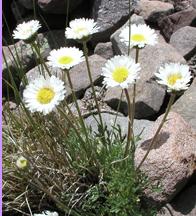 |
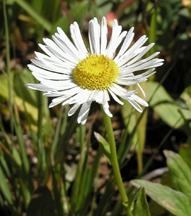 |
|||||||||||||||
Cut-leaf Daisy Erigeron compositus Asteraceae |
||||||||||||||||
Coutler Daisy Erigeron coulteri Asteraceae |
||||||||||||||||
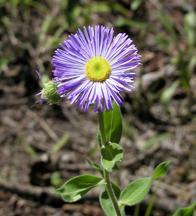 |
||||||||||||||||
 |
||||||||||||||||
Three-nerved Daisy or Daisy Fleabane Erigeron subtrinervis Asteraceae |
Pink-headed Daisy Erigeron elatior Asteraceae |
|||||||||||||||
 |
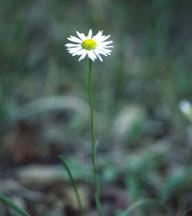 |
|||||||||||||||
Subalpine Erigeron Erigeron peregrinus Asteraceaek |
Whiplash Daisy Erigeron flagellaris Asteraceae |
|||||||||||||||
|
||||||||||
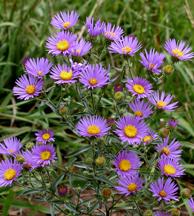 |
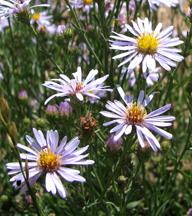 |
|||||||||
Tansy Aster Machaeranthera bigelovii Asteraceae |
||||||||||
Common Aster Virgulaster ascendens or Aster ascendens Asteraceae |
||||||||||
|
|||||||||
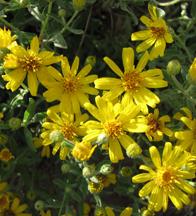 |
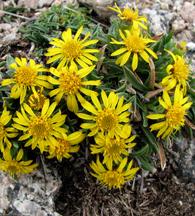 |
||||||||
Dwarf Golden Aster Heterotheca pumila Asteraceae |
|||||||||
Hairy Golden Aster Heterotheca villosa Asteraceae |
|||||||||
 |
||||||
 |
||||||
 |
||||||